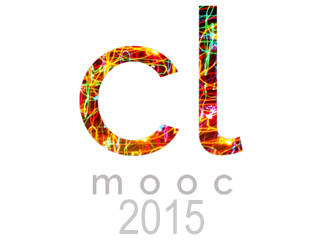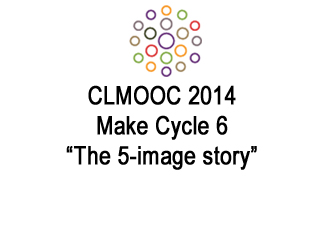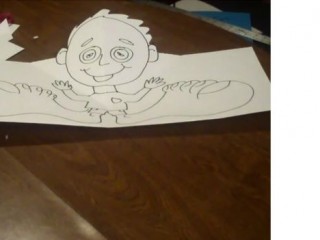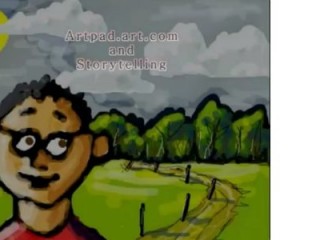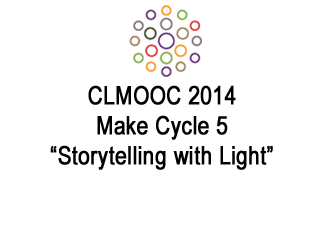For this Make Cycle, we invite you to consider how the media we compose within (like print, sound, still and moving image, or objects) influence how we communicate and interpret. In this Make Cycle, we will mediate and re-mediate and reflect on how the affordances of different media impact our choices, processes, and meanings. Ryan moved from image to words in this remediation: Remediation – as we’ll be thinking about it here – is unrelated to another use of the term in education: we are not talking about “remediating kids” as in “remedy”-ing them. Here, the focus is on media,… Read more »


